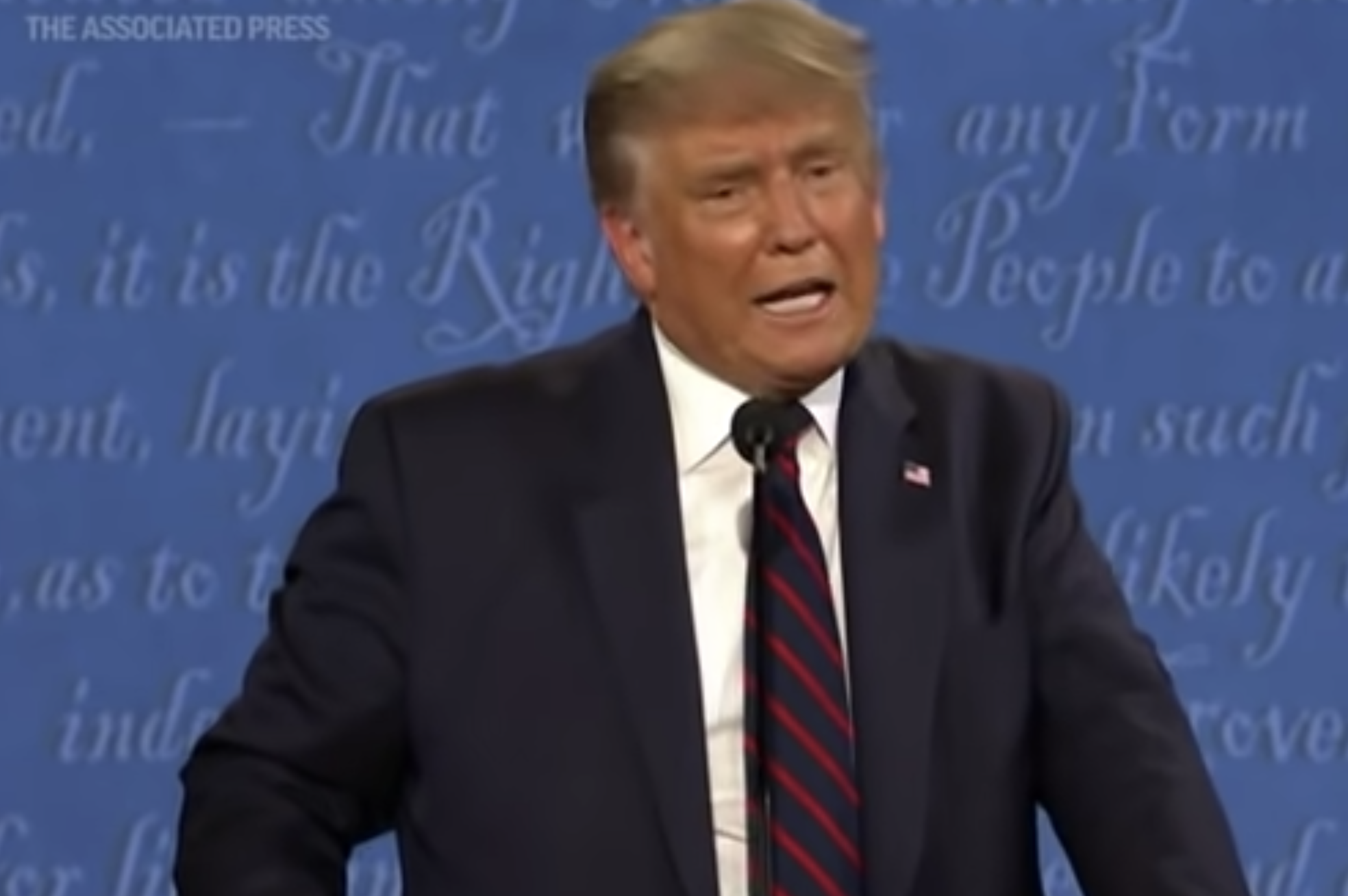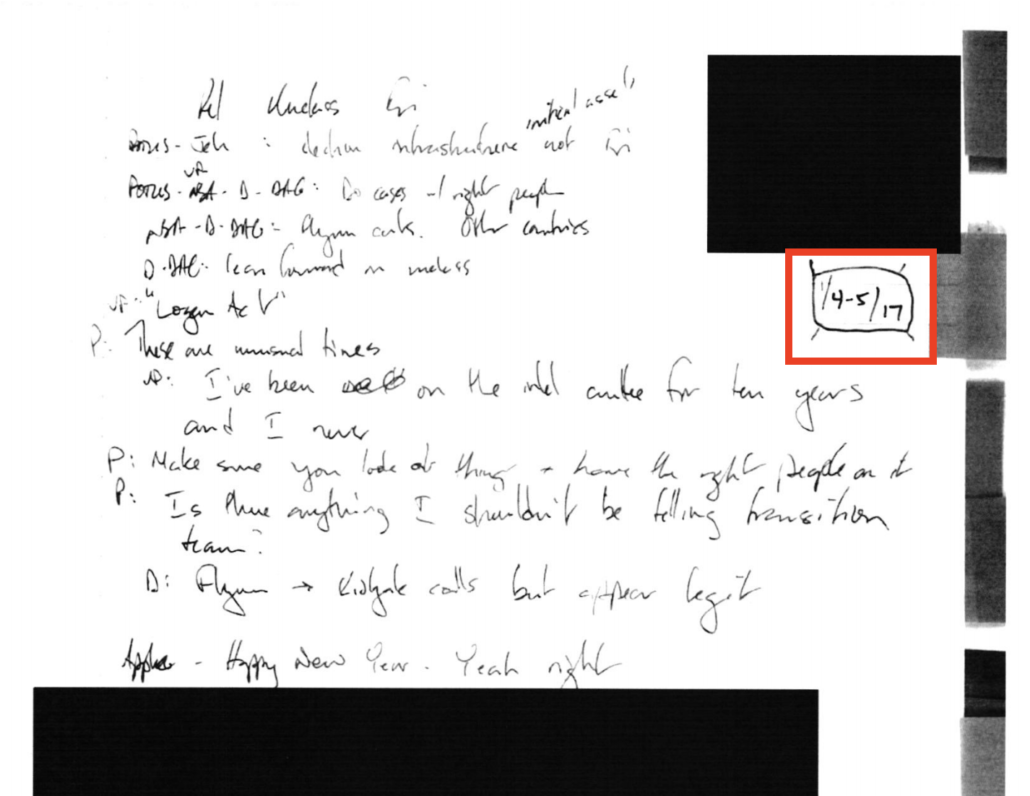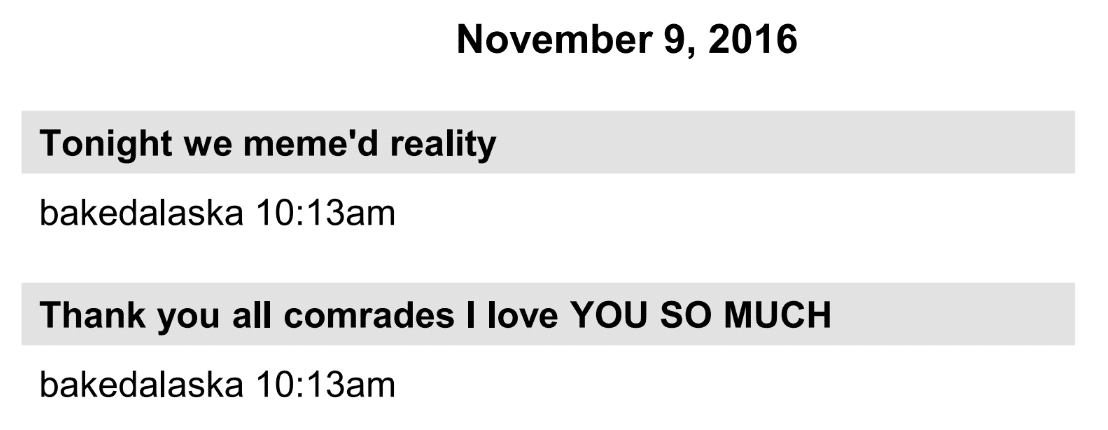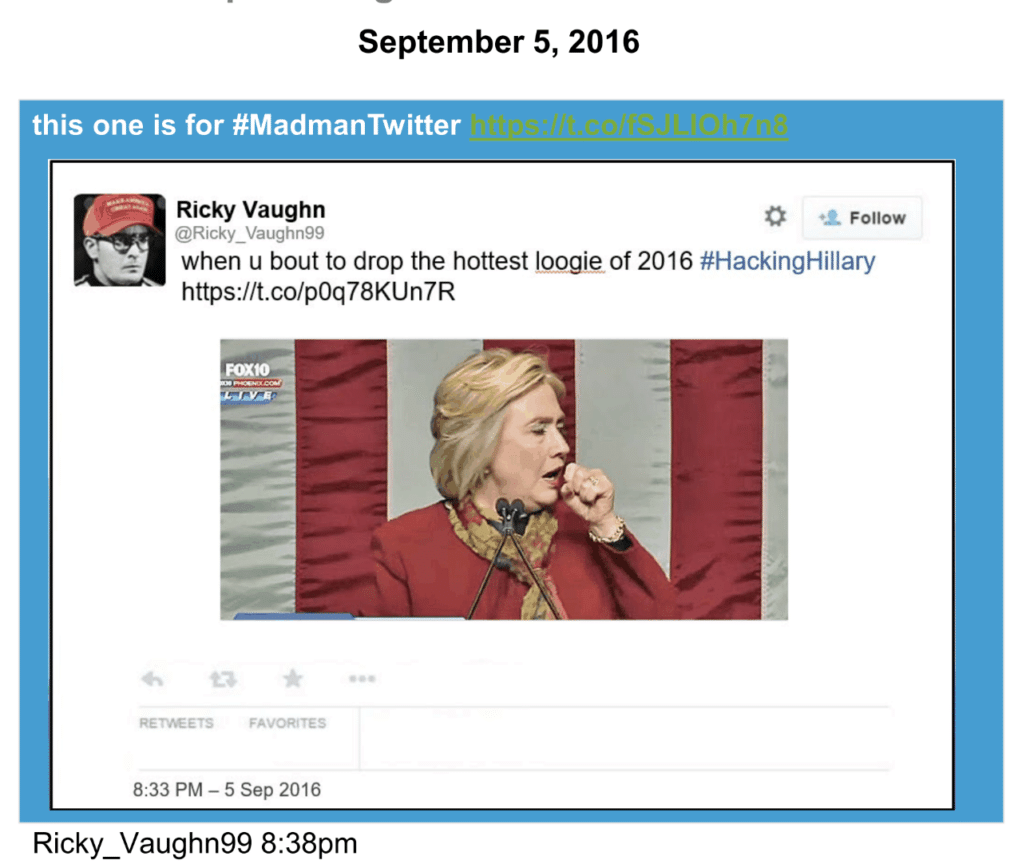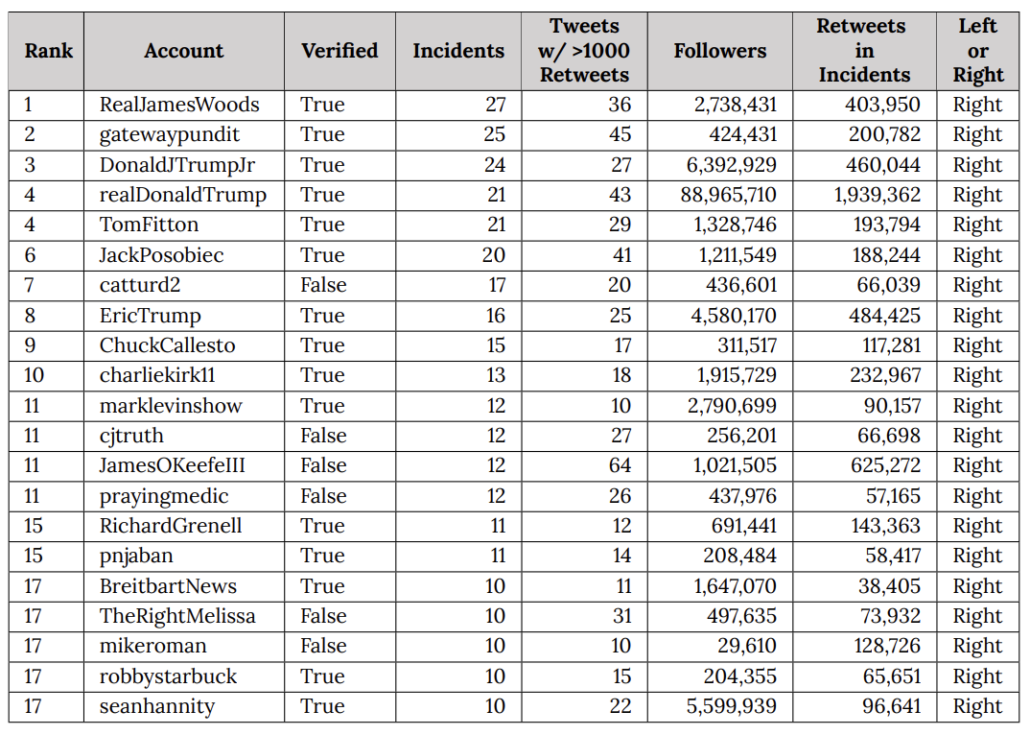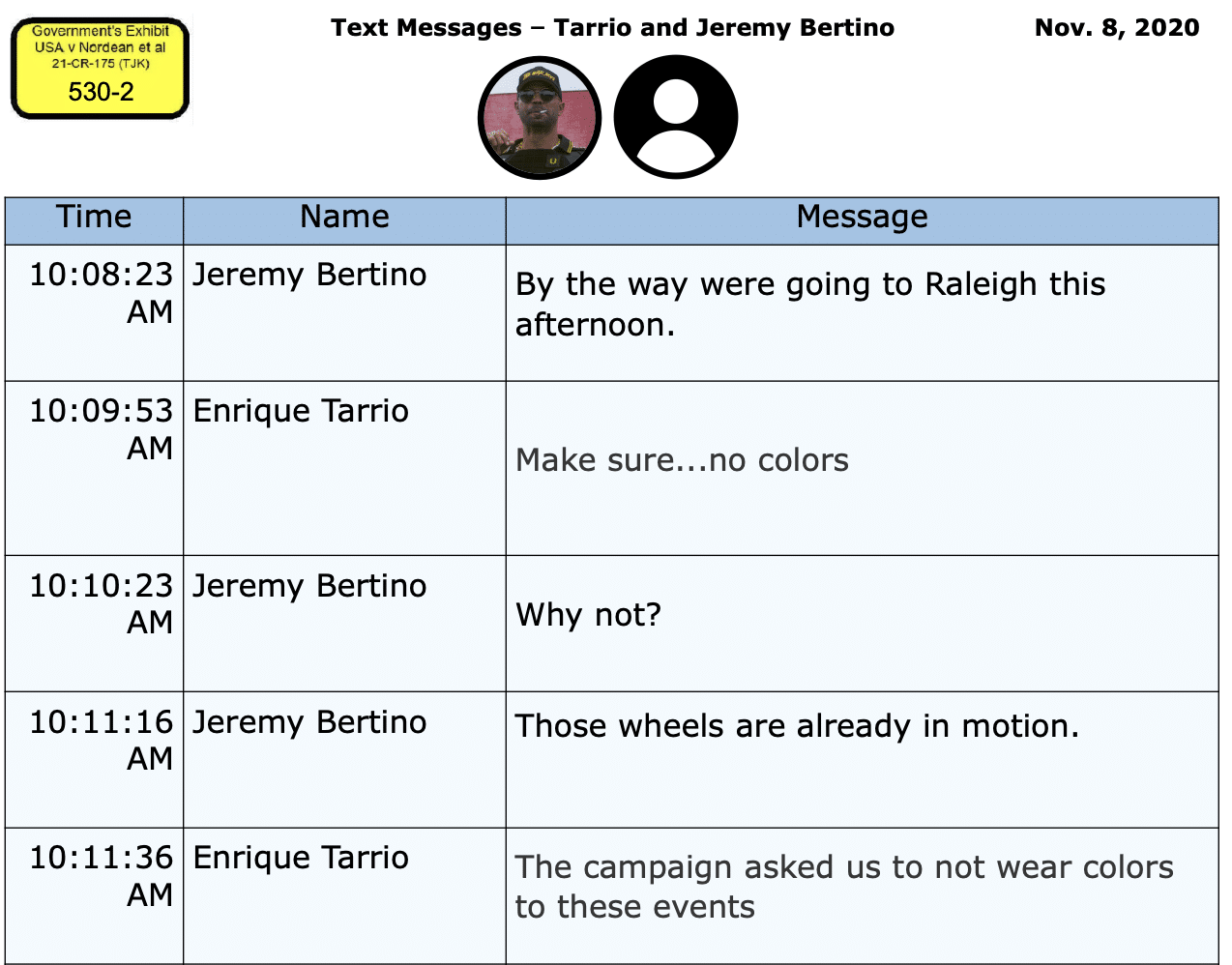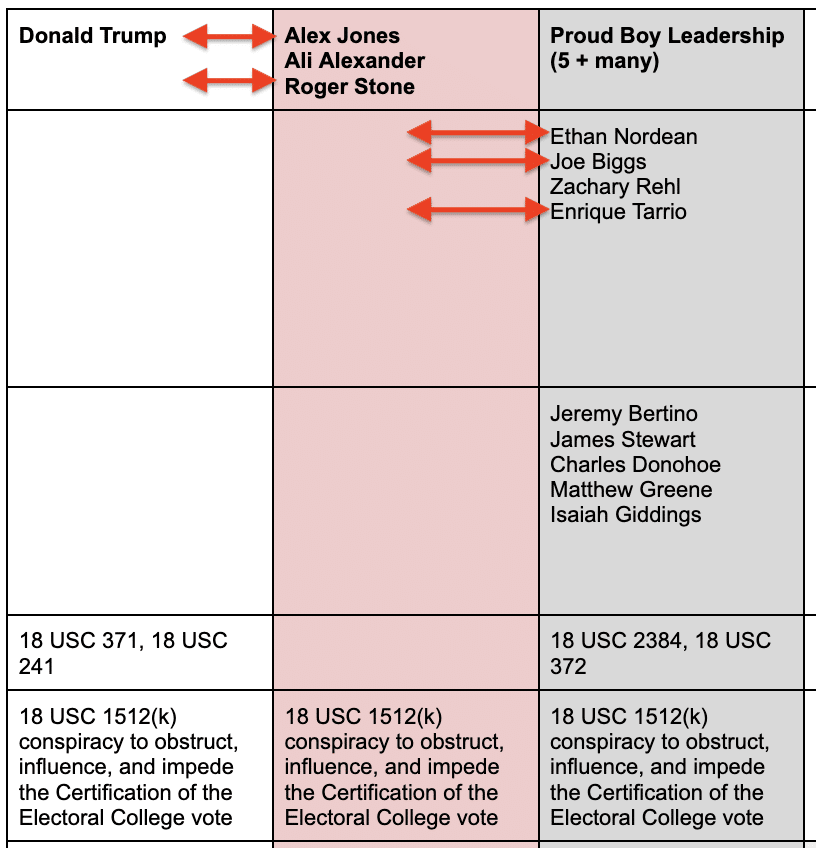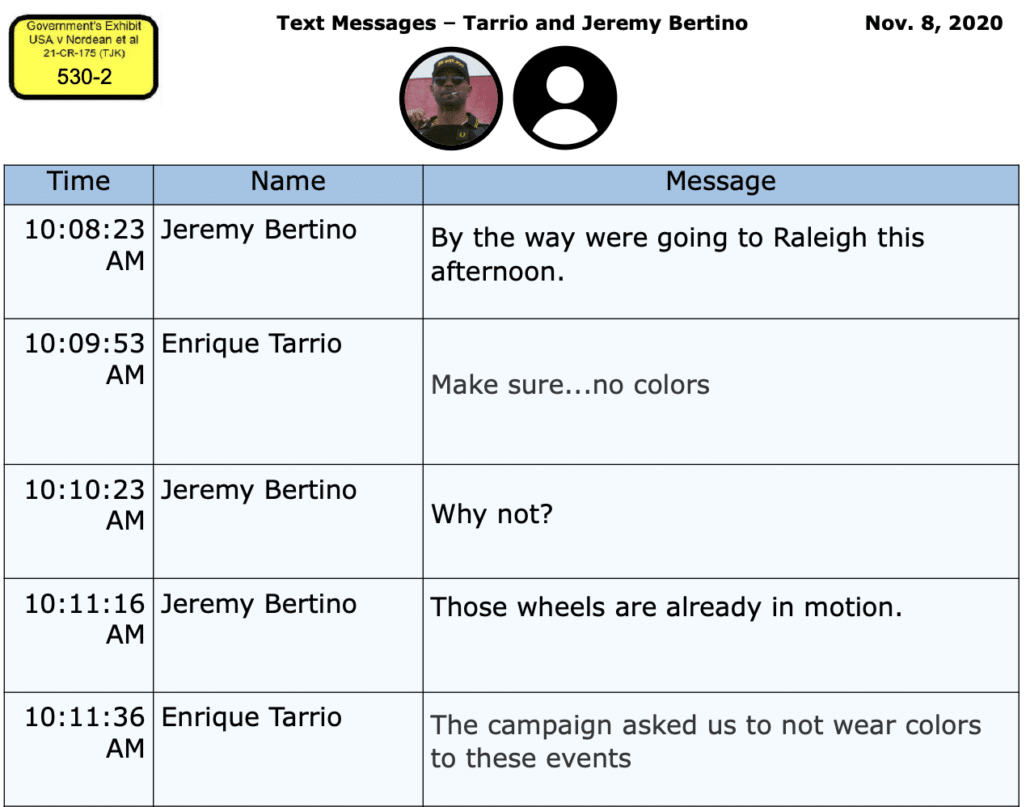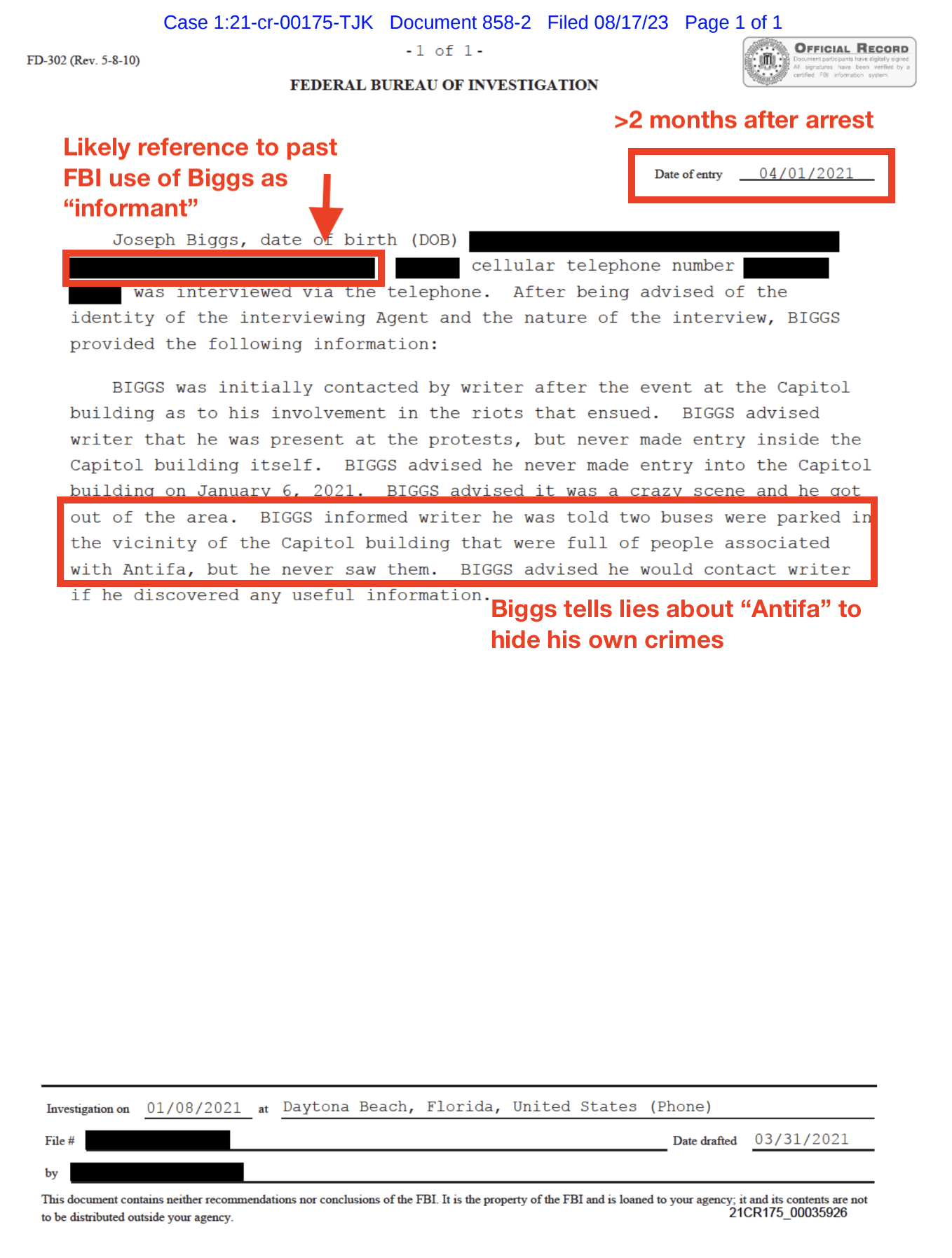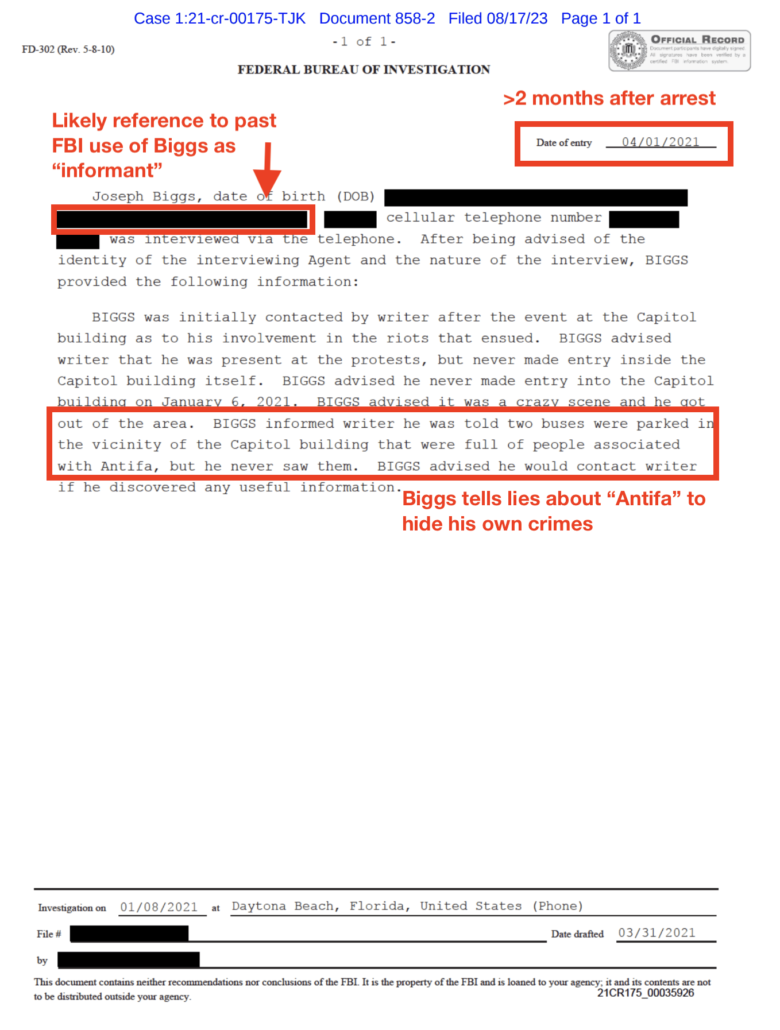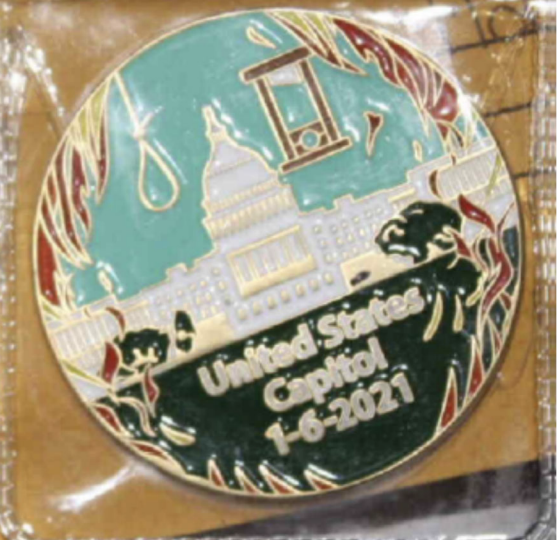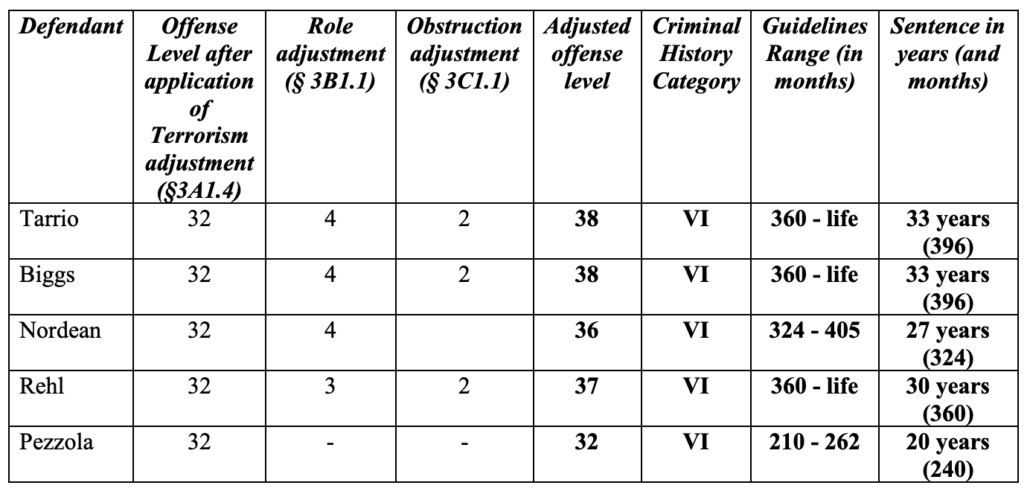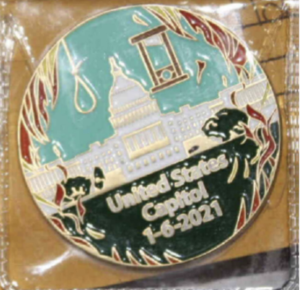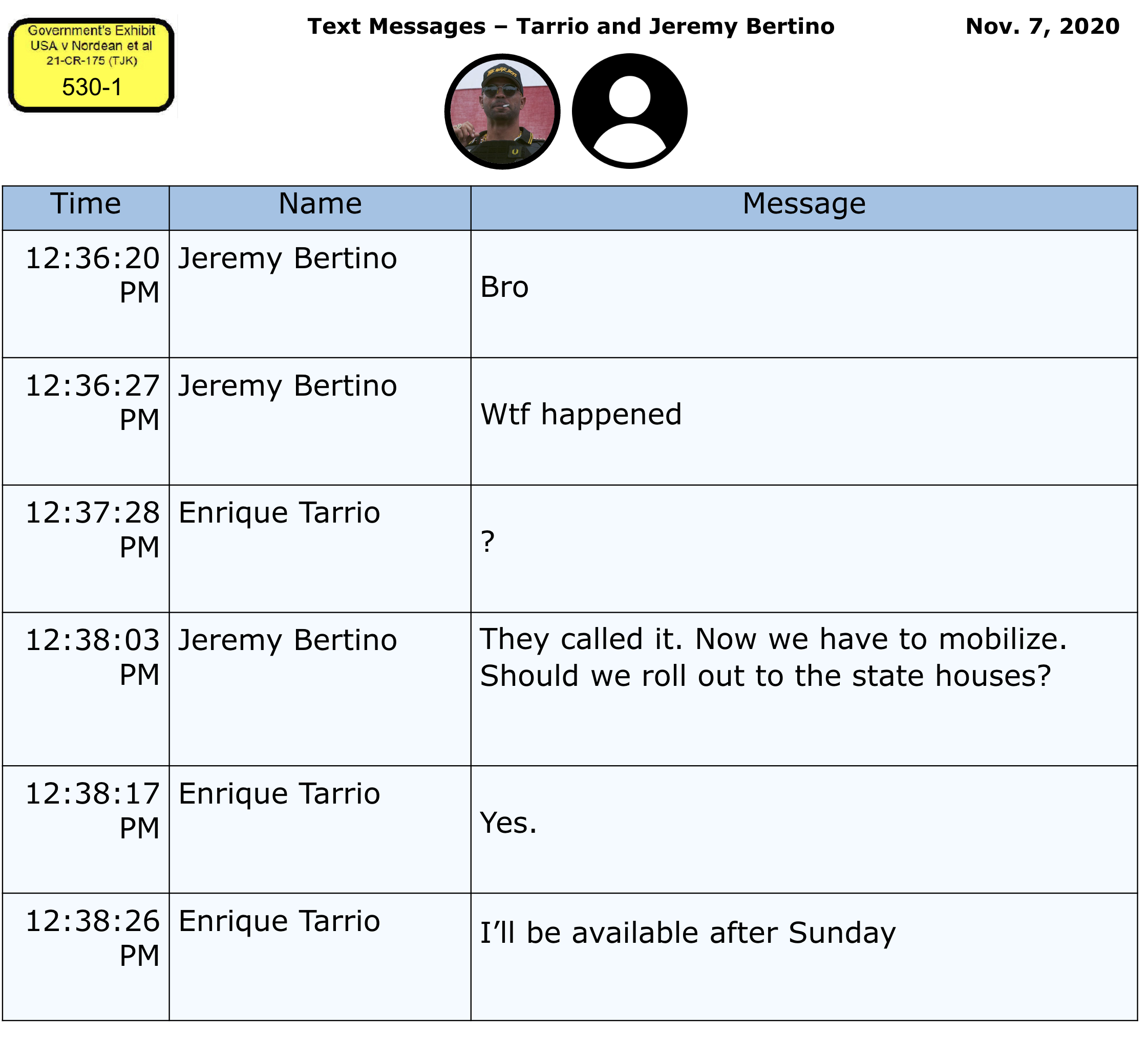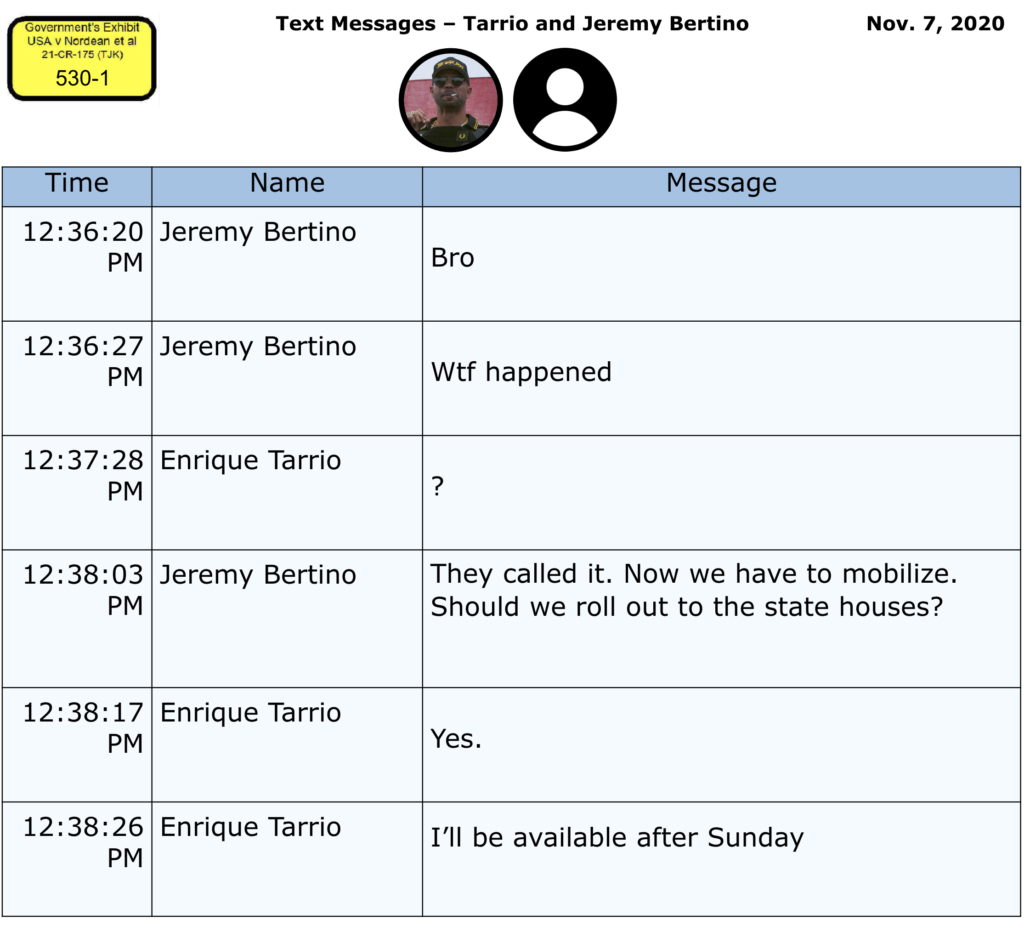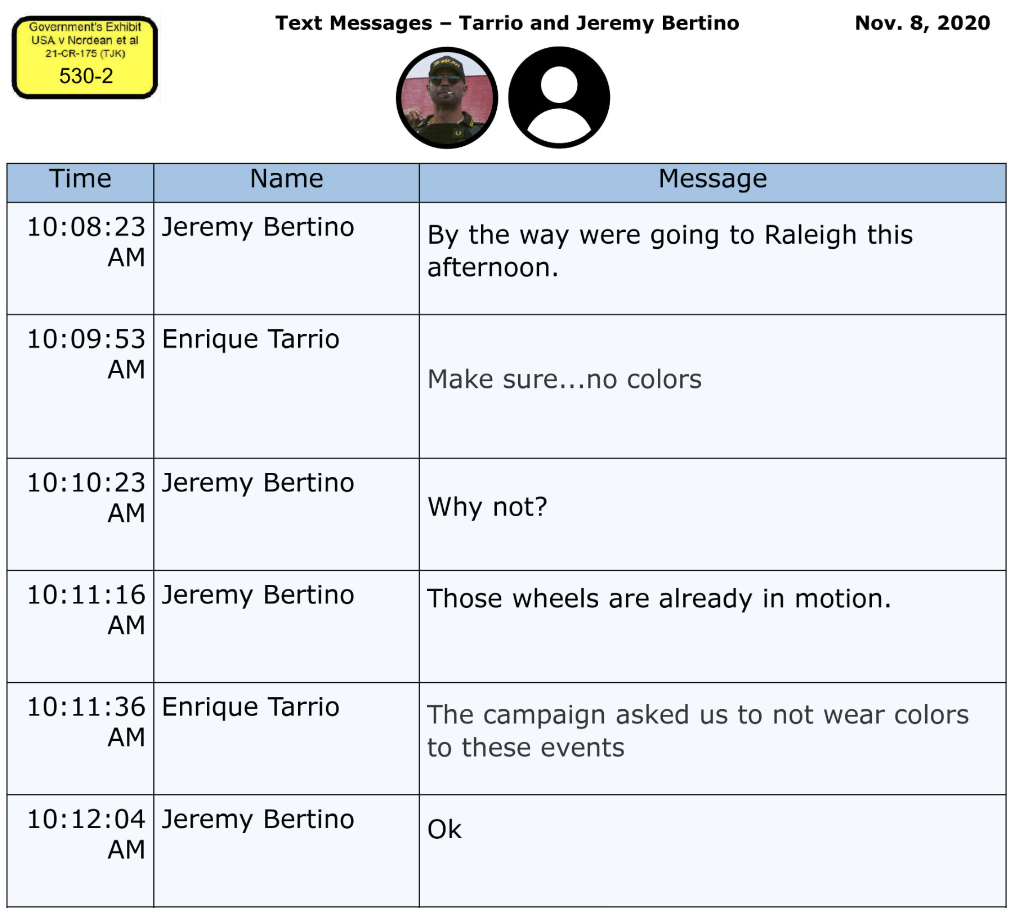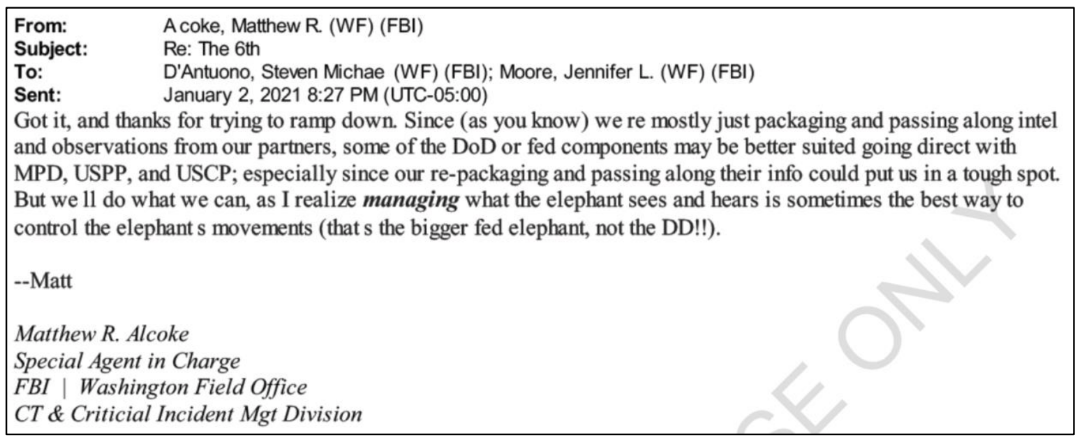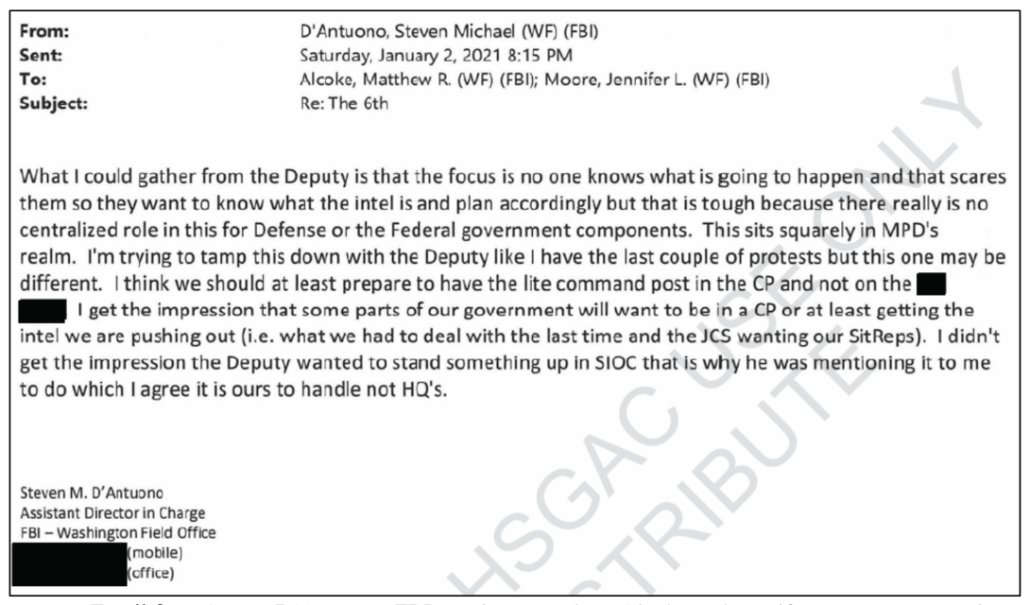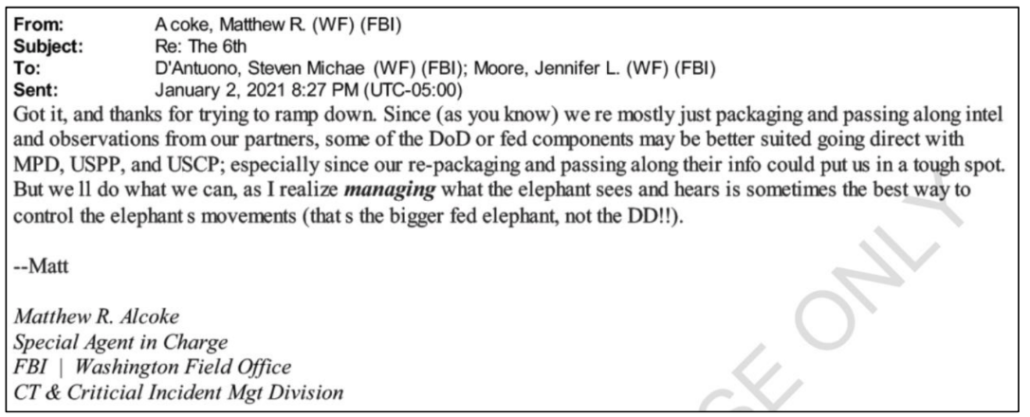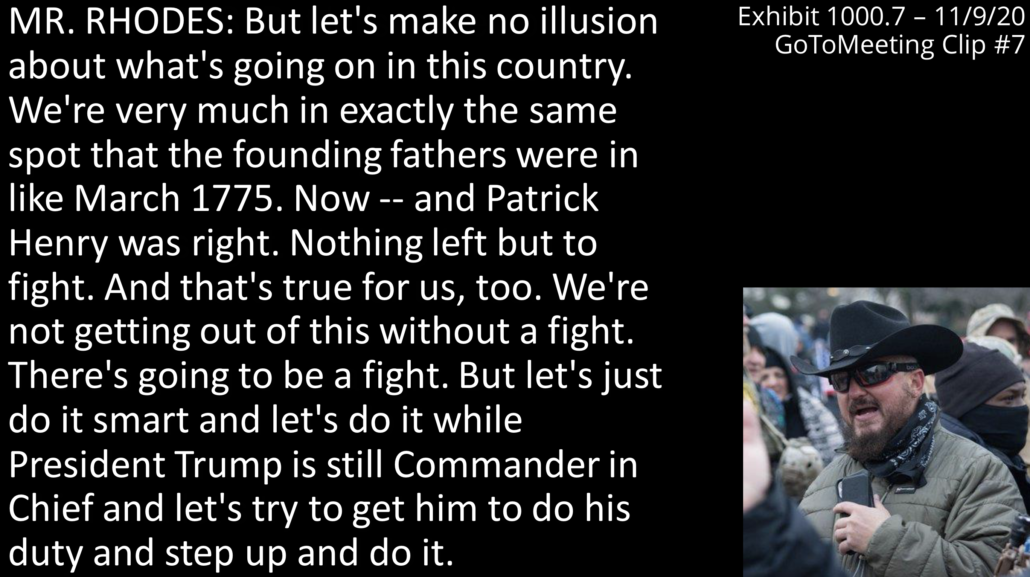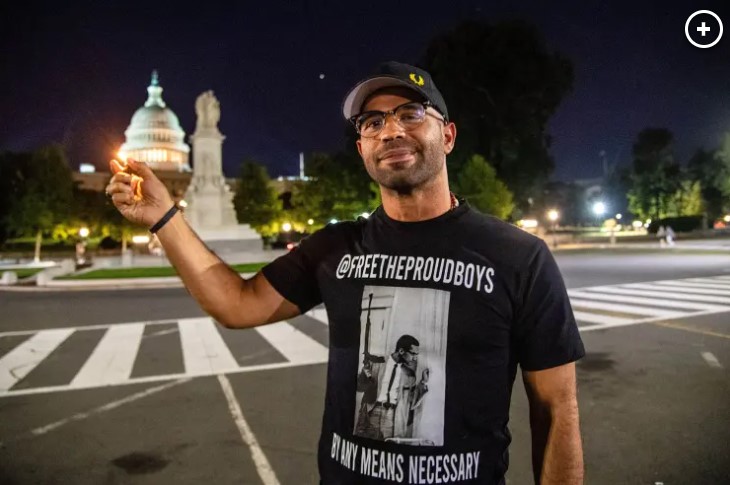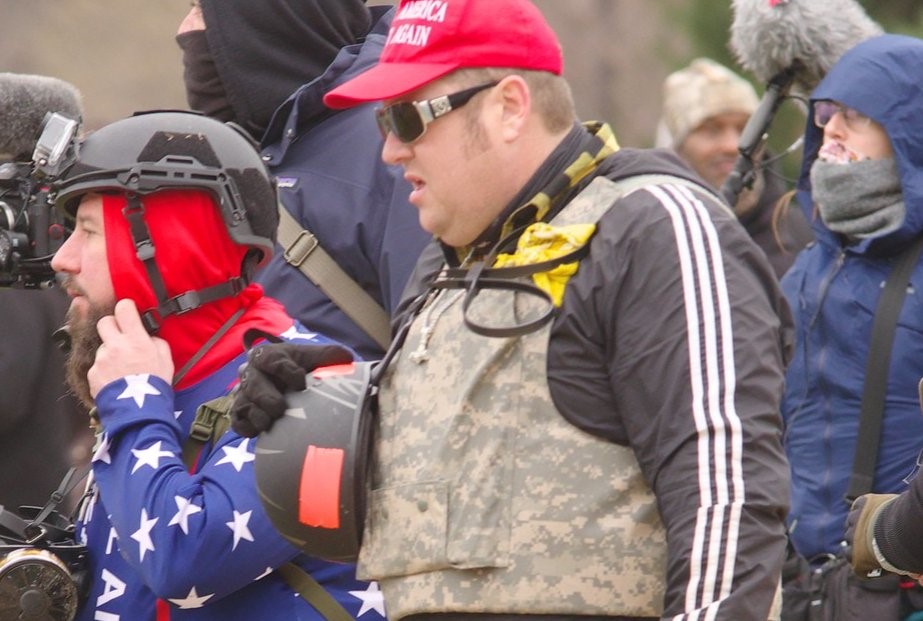Media Organizations Omit Mention of Trump’s Allegedly Criminal Exploitation of 2020 Debates
Twelve media organizations are clamoring for another set of debates between Donald Trump and Joe Biden. In their naive call for debates, they claim that because the stakes on this election are so high, “there is simply no substitute” for the candidates “debating” each other, presenting, “their visions for the future of our nation.”
With the contours of the 2024 general election now coming into clear focus, we – the undersigned national news organizations – urge the presumptive presidential nominees to publicly commit to participating in general election debates before November’s election.
General election debates have a rich tradition in our American democracy, having played a vital role in every presidential election of the past 50 years, dating to 1976. In each of those elections, tens of millions have tuned in to watch the candidates debating side by side, in a competition of ideas for the votes of American citizens.
Since 1988, the nonpartisan Commission on Presidential Debates has sponsored all presidential general election debates. The Commission has previously announced dates, times, and eligibility criteria for 2024 debates. Though it is too early for invitations to be extended to any candidates, it is not too early for candidates who expect to meet the eligibility criteria to publicly state their support for – and their intention to participate in – the Commission’s debates planned for this fall.
If there is one thing Americans can agree on during this polarized time, it is that the stakes of this election are exceptionally high. Amidst that backdrop, there is simply no substitute for the candidates debating with each other, and before the American people, their visions for the future of our nation. [my emphasis]
I mean, they’re not wrong that debates provide an opportunity to display a candidate’s vision for America.
In the first debate in 2020, for example, Biden asked Trump to disavow right wing violence, and instead, Trump told the Proud Boys to “Stand Back and Stand By.”
Stoking political violence certainly is part of Trump’s “vision for the future of our nation.”
Because of the way Trump’s comment drove recruiting for the Proud Boys, it made the opening arguments of the Proud Boy leaders’ sedition trial.
If we’re lucky enough to get a Trump trial for January 6 (one that would likely create scheduling difficulties for a debate in any case and as such Trump would use as another attempt to stall accountability), Trump’s call out to the violent militia that kicked off the attack on the Capitol will feature prominently again. Prosecutors have already informed Judge Tanya Chutkan they plan to use both Trump’s call out and his later coddling of Enrique Tarrio to show how, both before and after the attack, Trump encouraged that assault on democracy.
The Government plans to introduce evidence from the period in advance of the charged conspiracies that demonstrates the defendant’s encouragement of violence. For instance, in response to a question during the September 29, 2020, presidential debate asking him to denounce the extremist group the Proud Boys, the defendant instead spoke publicly to them and told them to “stand back and stand by.” Members of the group embraced the defendant’s words as an endorsement and printed merchandise with them as a rallying cry. As discussed below, after the Proud Boys and other extremist groups participated in obstructing the congressional certification on January 6, the defendant made clear that they were acting consistent with his intent and direction in doing so.
[snip]
Of particular note are the specific January 6 offenders whom the defendant has supported— namely, individuals convicted of some of the most serious crimes charged in relation to January 6, such as seditious conspiracy and violent assaults on police officers. During a September 17, 2023, appearance on Meet the Press, for instance, the defendant said regarding Proud Boys leader Enrique Tarrio—who was convicted of seditious conspiracy—“I want to tell you, he and other people have been treated horribly.” The defendant then criticized the kinds of lengthy sentences received only by defendants who, like Tarrio, committed the most serious crimes on January 6.
Effectively, this will make the Proud Boys quasi co-conspirators with Donald Trump at trial.
This is the kind of overt act in a criminal conspiracy to attack democracy itself that media outlets say is vital to our democracy.
But Trump’s exploitation of debates does not stop there.
Consider the allegations surrounding Tony Bobulinski, Fox News’ favorite source — at least, the favorite source who has not yet been indicted — for scandal-mongering about Hunter Biden.
For the third debate in 2020, after top Trump aides pitched Bobulinski tales to the WSJ based on laptop content that Hunter claims was stolen, Trump hosted Bobulinski as his guest. The very next day, Bobulinski marched into the FBI and is recorded as telling them a bunch of things that Bobulinski now claims he didn’t say — including that he saw Joe Biden get an enormous diamond from China. Weeks later, according to Cassidy Hutchinson, he had a secret meeting with Mark Meadows. Bobulinski doesn’t (now that Hutchinson released video evidence) deny the meeting; he denies he was handed something that might or might not be an envelope.
I guess framing your opponent’s son, like attacking democracy itself, is part of Trump’s vision for America. But actual journalists should not need — or want — a debate to serve as vehicle for that.
And while the circumstances around the third such instance of potentially criminal activity tied to a 2020 debate are less clear, one thing is not. As part of the Jeffrey Jensen effort to reverse the conviction of Mike Flynn, dates got added to the notes of Peter Strzok and Andrew McCabe — inaccurate dates in at least one case.
Based on that inaccurate date, first Sidney Powell (who was in contact with Jenna Ellis at the time) and then Trump himself falsely claimed that Joe Biden — and not Bob Litt, as other evidence makes clear — first raised concerns that Mike Flynn may have violated the Logan Act by undermining foreign policy before he became National Security Advisor.
Trump gleefully used that fraudulent claim in the first debate against Biden.
President Donald J. Trump: (01:02:22)
We’ve caught them all. We’ve got it all on tape. We’ve caught them all. And by the way, you gave the idea for the Logan Act against General Flynn. You better take a look at that, because we caught you in a sense, and President Obama was sitting in the office.
It was another instance of an attempt to falsely frame his opponent.
So let’s grant the media outlets that Trump has gleefully displayed his vision of America at the 2020 debates with Joe Biden by serially attempting to frame his competitor and inciting violence.
But what I don’t understand — what makes me genuinely embarrassed for the group of good journalists who work at some of these media outlets — is why they believe there is “no substitute” for debates to tell such a story.
Are you telling me the only way you can convey to voters that Trump’s vision for America is violence, fraud, and revenge is by giving him a platform to engage in such activities? Why wouldn’t you instead pursue aggressive journalism to tell more of these stories?
Twelve media outlets claim that the only way they can display Trump’s dystopian vision for America is by being complicit in it.
Update: Many people, in comments and on social media, reminded me that Trump willfully exposed Biden and others to COVID.

